Home>Gardening & Outdoor>Pool & Spa Care>How Far Does The Disconnect Have To Be From A Hot Tub
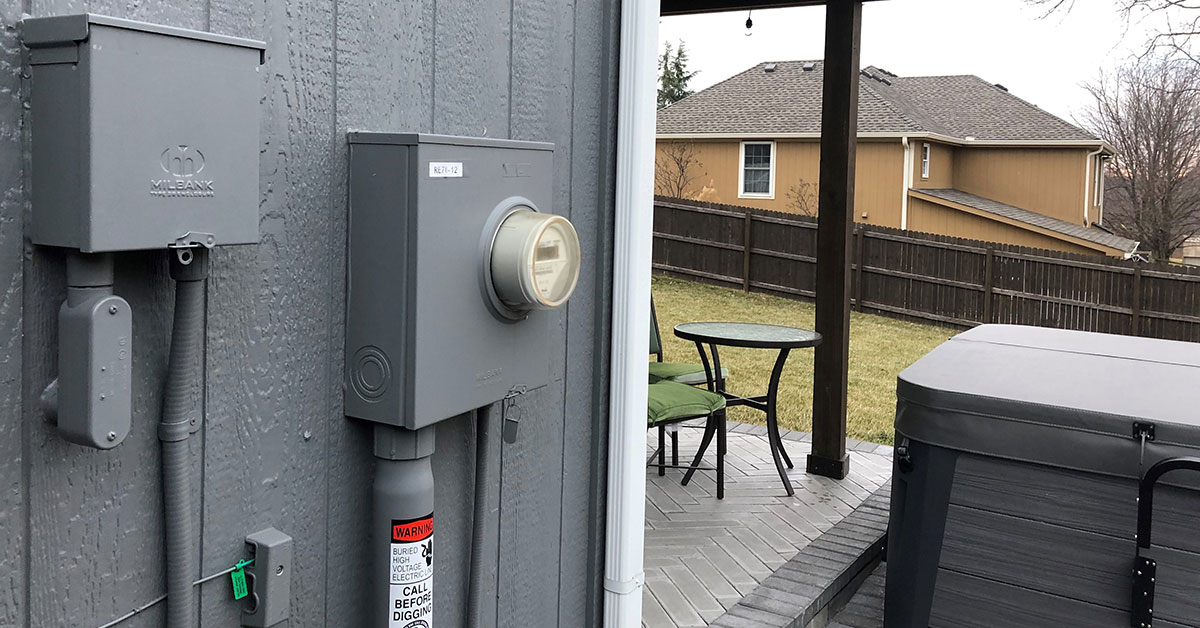

Pool & Spa Care
How Far Does The Disconnect Have To Be From A Hot Tub
Published: December 28, 2023
Learn how to properly maintain your hot tub and ensure it's safe and functional. Get expert tips on pool and spa care to keep your hot tub in top condition.
(Many of the links in this article redirect to a specific reviewed product. Your purchase of these products through affiliate links helps to generate commission for Storables.com, at no extra cost. Learn more)
**
Introduction
**
When it comes to the luxurious relaxation of soaking in a hot tub, safety is paramount. Proper installation and maintenance are essential for ensuring a safe and enjoyable experience. One crucial aspect of hot tub safety is the electrical system, including the disconnect. Understanding the requirements and considerations related to the distance of the disconnect from the hot tub is vital for both homeowners and professionals involved in the installation and maintenance of these blissful retreats. In this article, we will delve into the National Electric Code (NEC) requirements, factors affecting disconnect distance, and the importance of adhering to these regulations for the safety of hot tub users. So, let's dive into the world of electrical safety and explore how far the disconnect has to be from a hot tub.
**
Key Takeaways:
- Safety first! The disconnect for a hot tub must be 5-10 feet away from the tub, ensuring easy access for maintenance while keeping it a safe distance from the water.
- Factors like layout, type of disconnect, and environmental conditions influence where the disconnect goes. Following these guidelines ensures a secure and compliant hot tub setup.
Understanding Electrical Safety
**
When it comes to hot tubs, electrical safety is of utmost importance. A hot tub is a complex system that integrates water and electricity, making it essential to adhere to strict safety protocols to prevent potential hazards. Electrical safety encompasses various elements, including proper grounding, GFCI protection, and compliance with the NEC regulations. Understanding the fundamentals of electrical safety is crucial for anyone involved in the installation, maintenance, or use of hot tubs.
Electrical safety in the context of hot tubs involves ensuring that the electrical components are installed and maintained in a manner that minimizes the risk of electric shock or fire. This includes utilizing ground-fault circuit interrupters (GFCIs) to protect against electric shock, adhering to proper wiring and grounding practices, and complying with the NEC requirements for the installation and operation of hot tubs.
Additionally, it is essential to consider environmental factors that can impact electrical safety, such as exposure to water, weather elements, and potential physical damage to the electrical components. By comprehensively understanding electrical safety principles and best practices, individuals can create a secure and reliable environment for hot tub enjoyment.
National Electric Code (NEC) Requirements
**
The National Electric Code (NEC) serves as the foundation for electrical safety standards in the United States. It provides comprehensive guidelines and regulations for the installation and use of electrical systems, including those associated with hot tubs. The NEC is continuously updated to incorporate the latest advancements in electrical technology and safety practices, ensuring that installations meet the highest standards of safety and reliability.
Specifically concerning hot tubs, the NEC outlines detailed requirements for electrical installations, including the placement and specifications of disconnects, wiring methods, and protective measures. The primary objective of these requirements is to mitigate the risk of electric shock, fire, and other electrical hazards associated with hot tubs.
NEC requirements for hot tub disconnects encompass factors such as the type of disconnect, its location in relation to the hot tub, and accessibility for maintenance and emergency situations. These requirements are designed to facilitate safe operation and maintenance of hot tub electrical systems, ensuring that individuals can enjoy their hot tub experience without compromising on safety.
Adhering to the NEC requirements is not only crucial for ensuring the safety of hot tub users but also for complying with local building codes and regulations. By aligning with the NEC standards, installers and homeowners can demonstrate their commitment to electrical safety and regulatory compliance, thereby fostering a secure and legally compliant hot tub environment.
The disconnect for a hot tub should be located at least 5 feet away from the water’s edge to ensure safety and to comply with electrical codes.
Distance Requirements for Disconnects
**
The distance requirements for disconnects in the context of hot tub installations are outlined to ensure convenient access for maintenance and emergency situations while maintaining a safe distance from the water-filled environment. The NEC specifies that the disconnecting means for a hot tub must be located at least 5 feet away, but not more than 10 feet, from the inside walls of the hot tub. This distance requirement aims to provide a balance between accessibility and safety, allowing for easy access to the disconnect while preventing its proximity to the water source.
Furthermore, the disconnecting means must be readily accessible and located at least 5 feet away, but not more than 10 feet, from the hot tub. This ensures that individuals can quickly and safely access the disconnect for maintenance or in the event of an electrical issue, without the need to approach the hot tub itself. Additionally, the disconnect should be positioned at least 5 feet above the maximum water level of the hot tub, further enhancing safety and accessibility.
It is important to note that these distance requirements are critical for compliance with the NEC and local building codes. Installers and homeowners must meticulously adhere to these specifications to ensure the safe and legal operation of hot tub electrical systems. By maintaining the appropriate distance for disconnects, individuals can mitigate the risk of electrical hazards and facilitate efficient maintenance and troubleshooting procedures.
Understanding and implementing the distance requirements for disconnects is fundamental to promoting a secure and user-friendly hot tub environment. By adhering to these specifications, individuals can uphold the highest standards of electrical safety and regulatory compliance, ultimately enhancing the overall hot tub experience for users.
Factors Affecting Disconnect Distance
**
Several factors influence the distance requirements for disconnects in the vicinity of hot tubs, encompassing both safety considerations and practical installation aspects. Understanding these factors is essential for ensuring compliance with regulations and optimizing the safety and accessibility of hot tub electrical systems.
One significant factor affecting disconnect distance is the need to maintain a safe and accessible location for the disconnecting means. By positioning the disconnect within the specified distance range from the hot tub, individuals can readily access it for maintenance, servicing, or emergency situations without compromising their safety or coming into close proximity to the water-filled environment.
Another influential factor is the layout and design of the hot tub installation area. Installers must consider the physical space surrounding the hot tub, ensuring that the disconnect is strategically positioned to provide convenient access while maintaining the prescribed distance from the hot tub walls and water level. Additionally, the placement of the disconnect should align with the overall aesthetics and functionality of the hot tub area, integrating seamlessly with the surrounding environment.
The type of disconnecting means utilized also impacts the distance requirements. Whether it is a dedicated disconnect panel, a service panel equipped with a lockable disconnect, or a remote disconnect device, the chosen method must comply with the NEC regulations and be installed within the specified distance parameters. This ensures that the disconnecting means effectively serves its purpose while meeting the necessary safety and accessibility standards.
Environmental factors such as exposure to weather elements, sunlight, and physical obstructions can also influence disconnect distance. Installers must consider the potential impact of these elements on the accessibility and safety of the disconnect, selecting an appropriate location that minimizes exposure to adverse conditions and facilitates uncomplicated operation and maintenance.
By comprehensively evaluating these factors, installers and homeowners can effectively determine the optimal placement for the disconnecting means, ensuring that it meets the prescribed distance requirements while promoting safety, accessibility, and regulatory compliance.
Read more: How To Disconnect A Hot Tub From Electricity
Conclusion
**
As we conclude our exploration of the distance requirements for disconnects in the context of hot tub installations, it becomes evident that prioritizing electrical safety is paramount for creating a secure and enjoyable hot tub environment. Adhering to the National Electric Code (NEC) requirements and understanding the factors affecting disconnect distance are fundamental steps toward ensuring the safe operation and maintenance of hot tub electrical systems.
By comprehensively understanding electrical safety principles and the specific regulations outlined by the NEC, individuals involved in the installation and maintenance of hot tubs can mitigate the risk of electrical hazards and promote a user-friendly, compliant environment. The prescribed distance requirements for disconnects serve as a crucial guideline for balancing accessibility and safety, facilitating convenient access for maintenance and emergency situations while maintaining a safe distance from the water-filled environment.
Factors such as the layout of the installation area, the type of disconnecting means, and environmental considerations play pivotal roles in determining the optimal placement of disconnects. By carefully evaluating these factors and adhering to the NEC regulations, individuals can create a hot tub environment that prioritizes safety, accessibility, and regulatory compliance.
Ultimately, the distance requirements for disconnects underscore the significance of meticulous planning and adherence to electrical safety standards in the realm of hot tub installations. By embracing these requirements and integrating them into the installation and maintenance processes, individuals can foster an environment where the luxurious relaxation of a hot tub is harmoniously coupled with uncompromising electrical safety.
As hot tub enthusiasts continue to indulge in the therapeutic benefits of these blissful retreats, the steadfast commitment to electrical safety and regulatory compliance remains a cornerstone for enhancing the hot tub experience and safeguarding the well-being of users.
**
Frequently Asked Questions about How Far Does The Disconnect Have To Be From A Hot Tub
Was this page helpful?
At Storables.com, we guarantee accurate and reliable information. Our content, validated by Expert Board Contributors, is crafted following stringent Editorial Policies. We're committed to providing you with well-researched, expert-backed insights for all your informational needs.
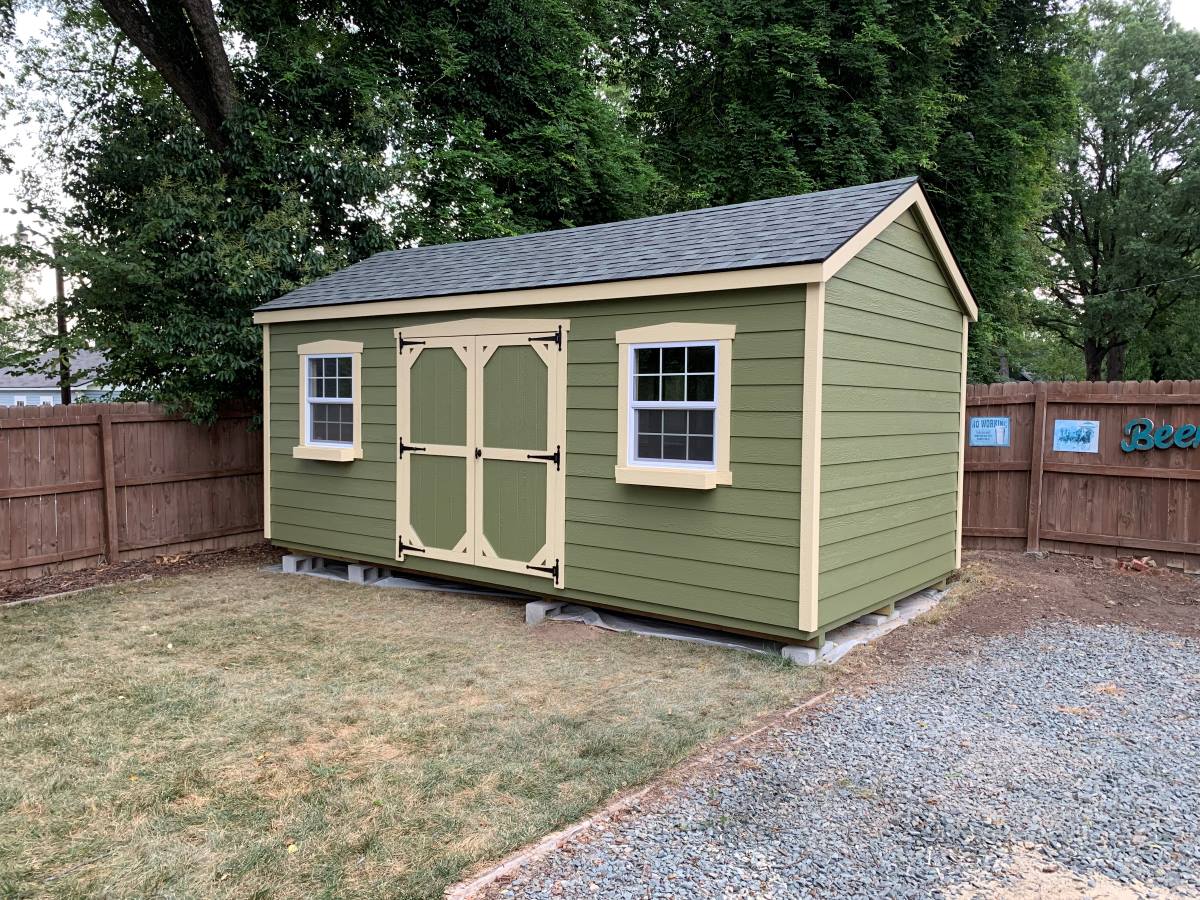
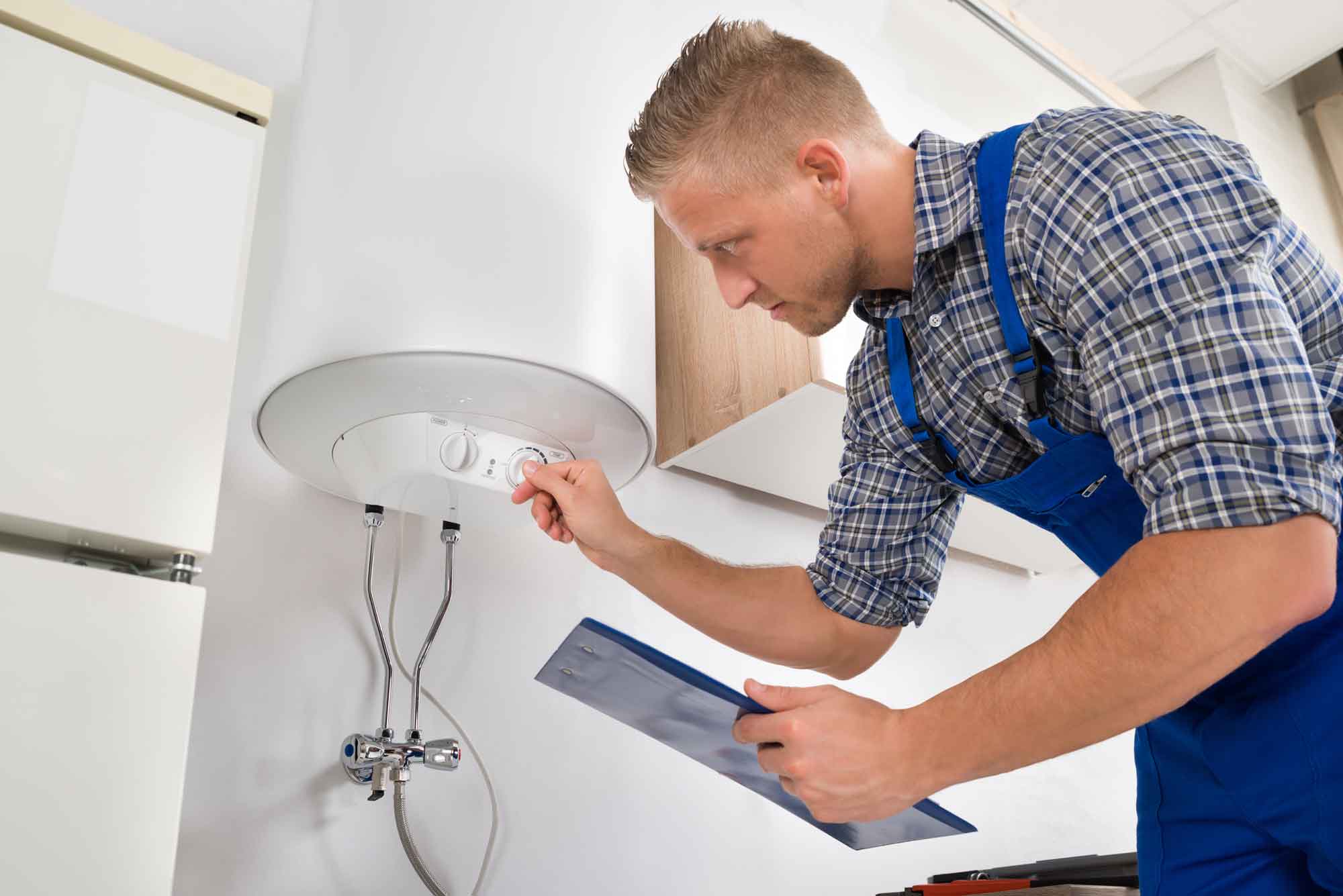

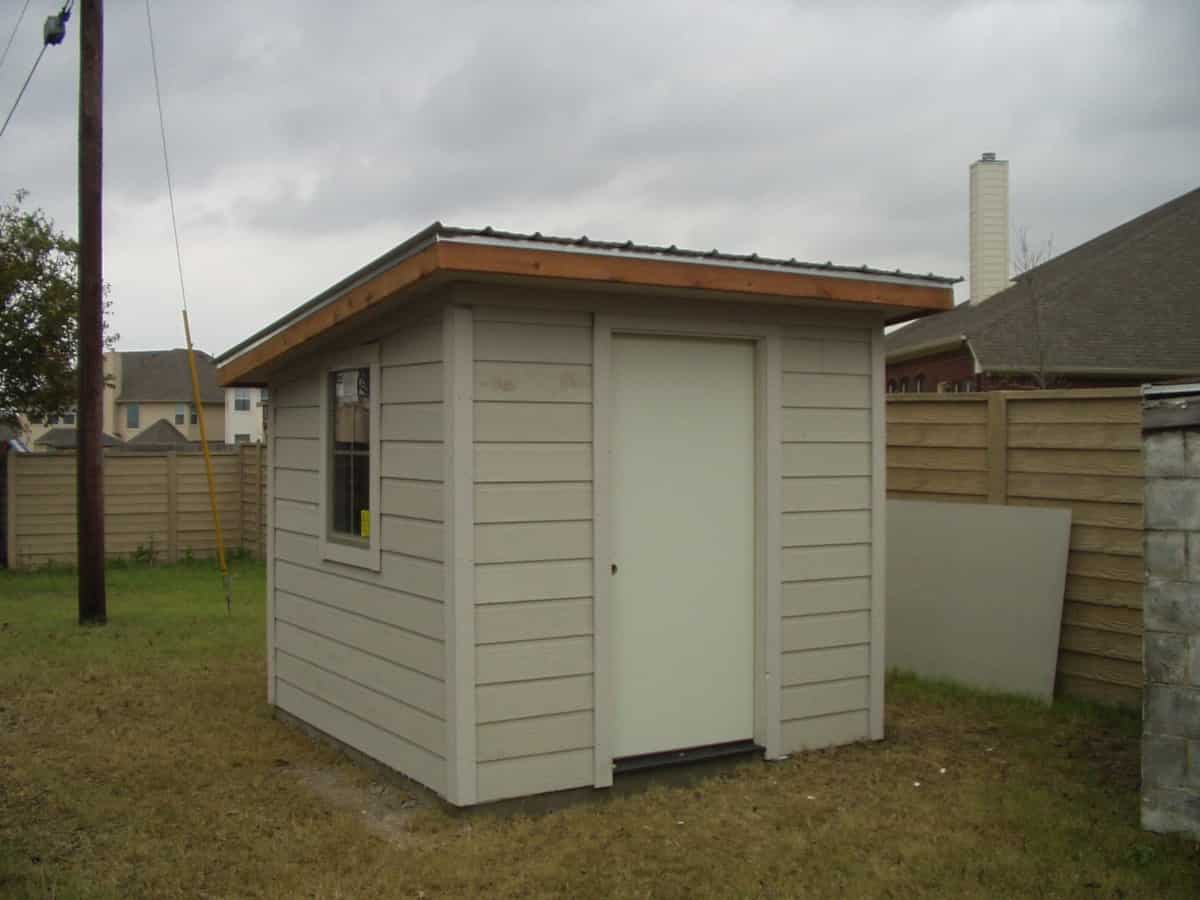


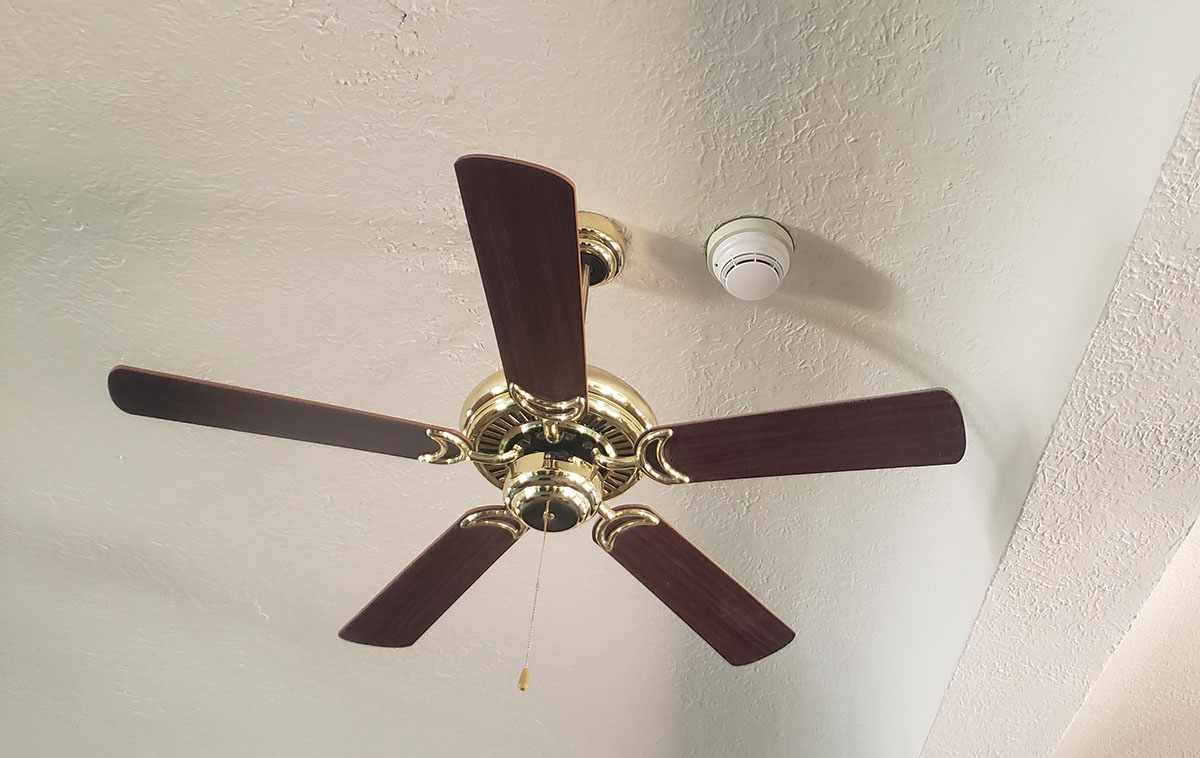

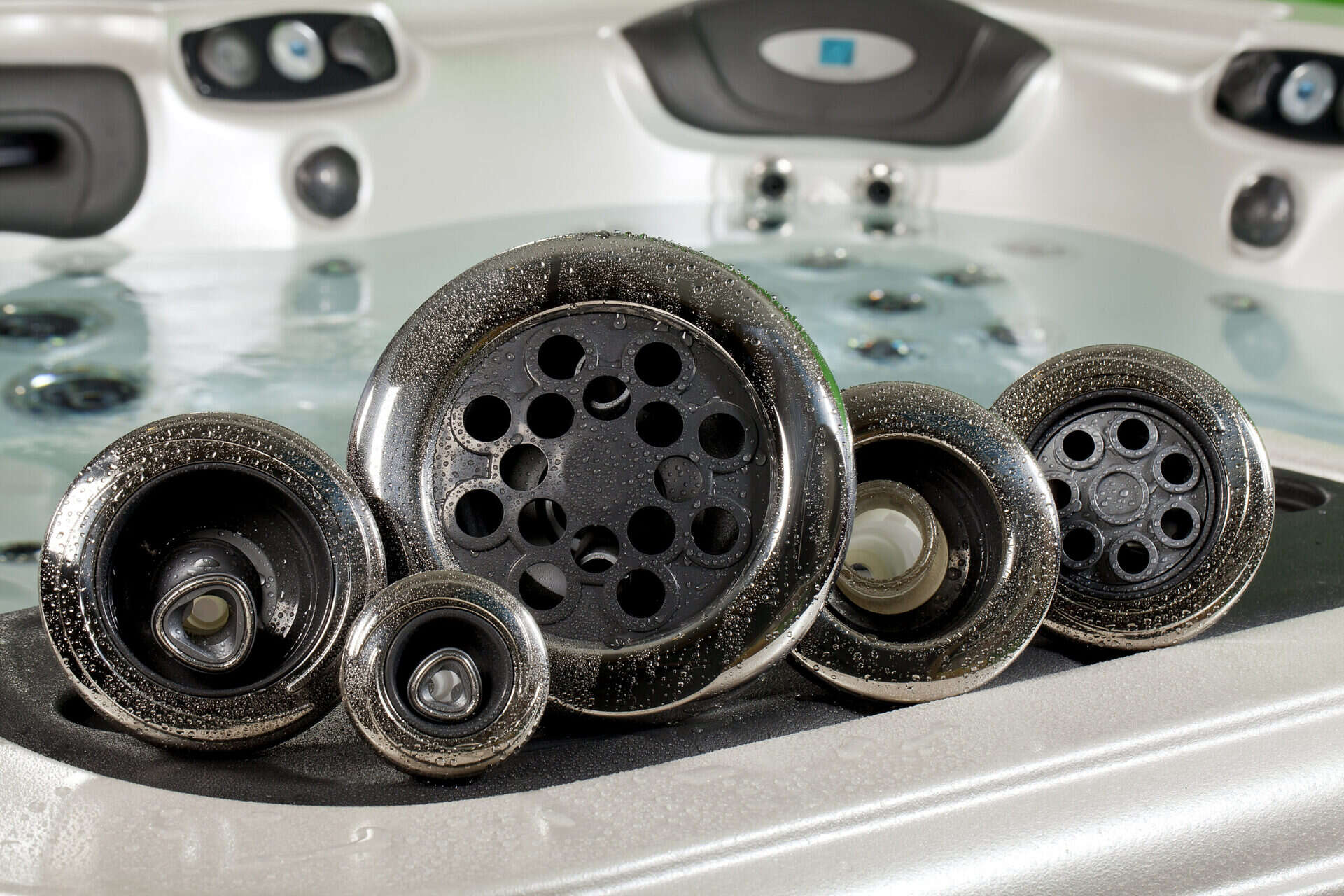
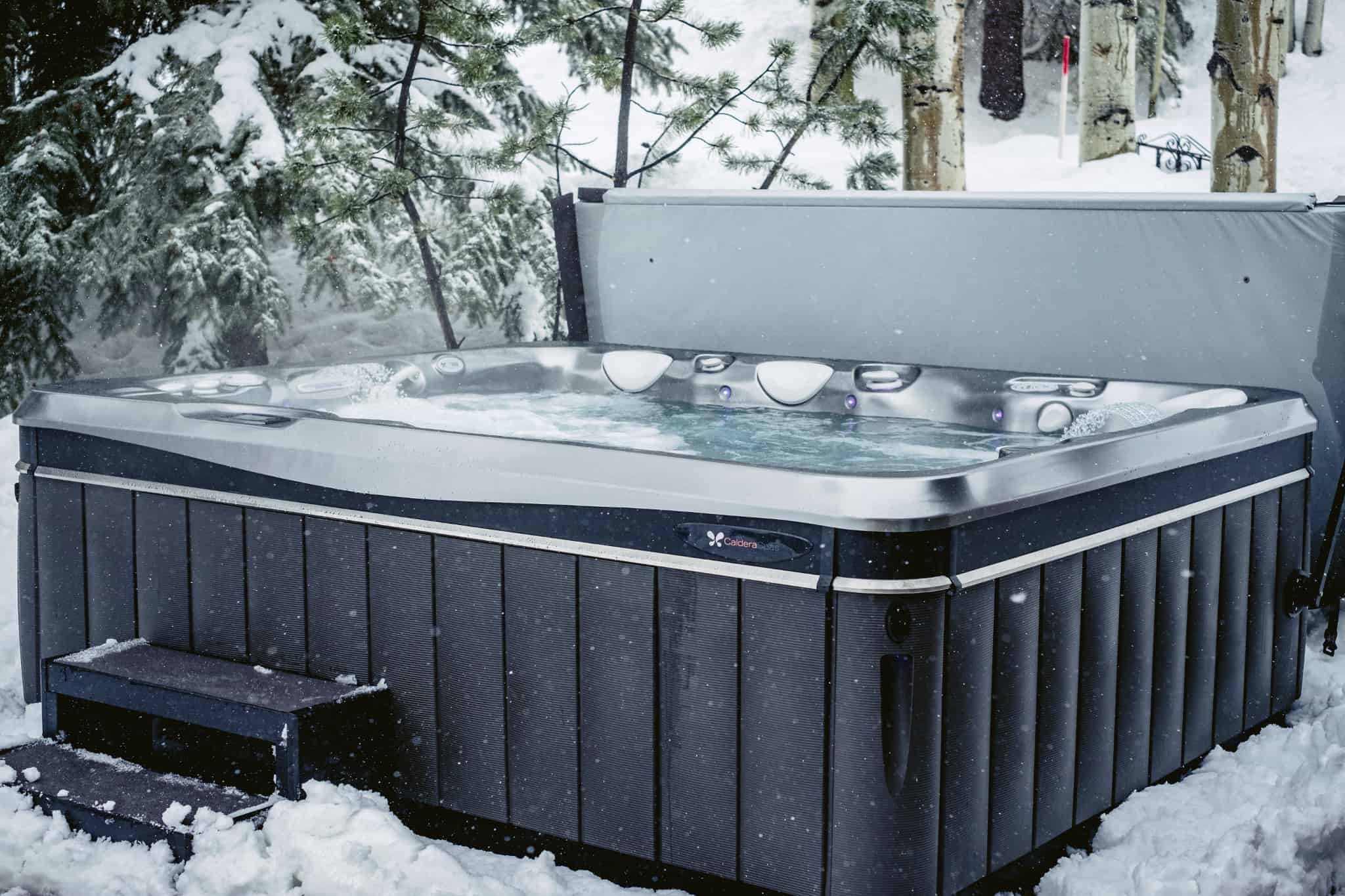
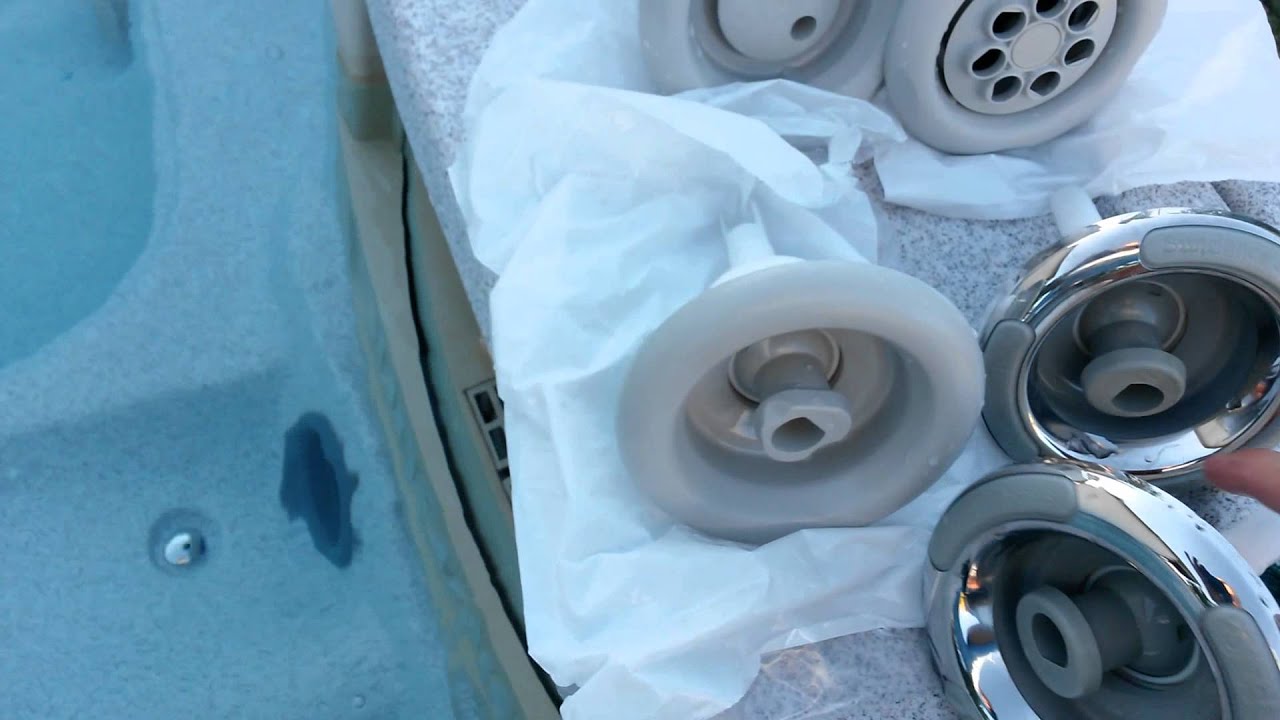


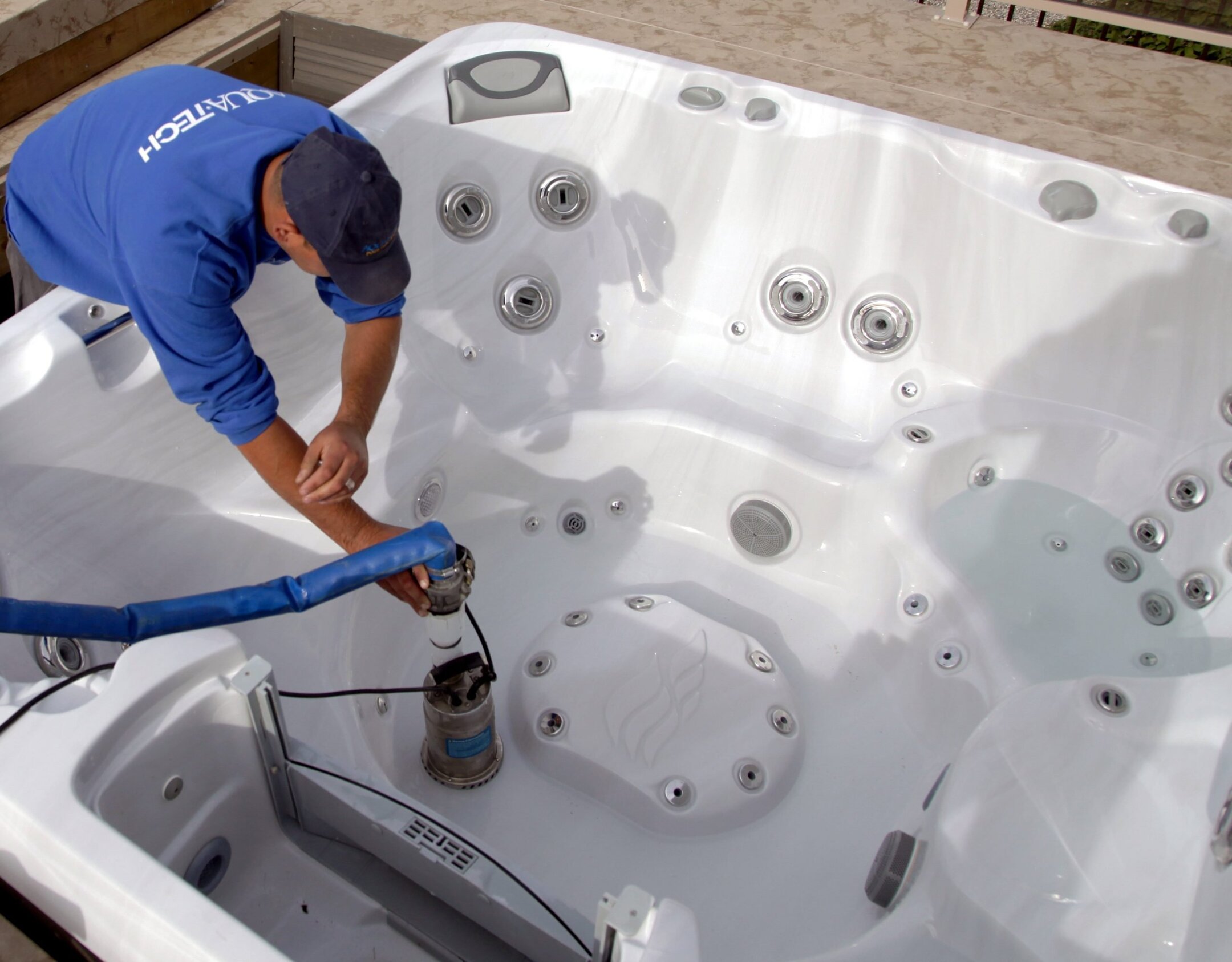

0 thoughts on “How Far Does The Disconnect Have To Be From A Hot Tub”